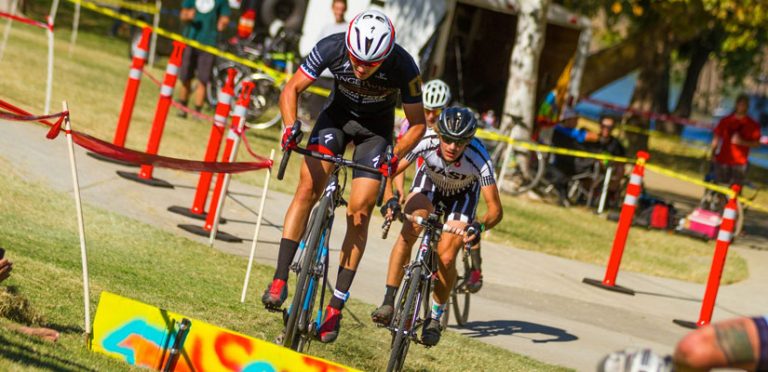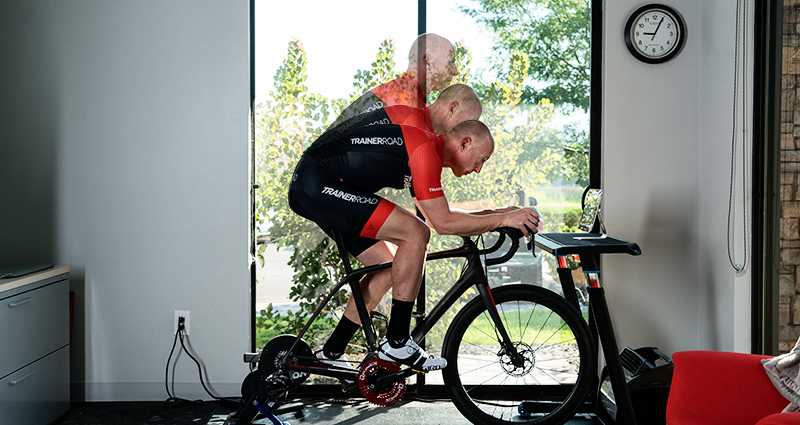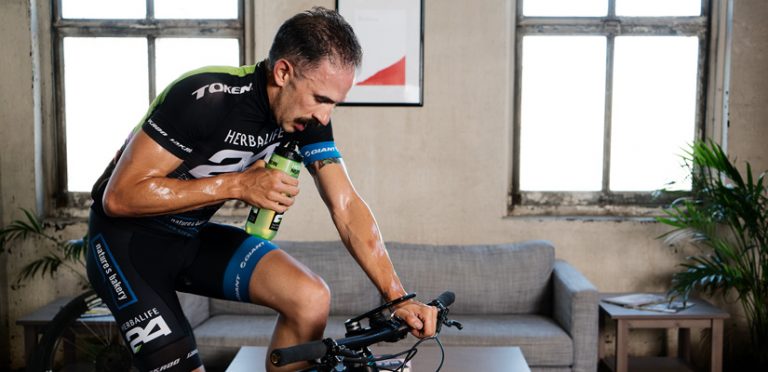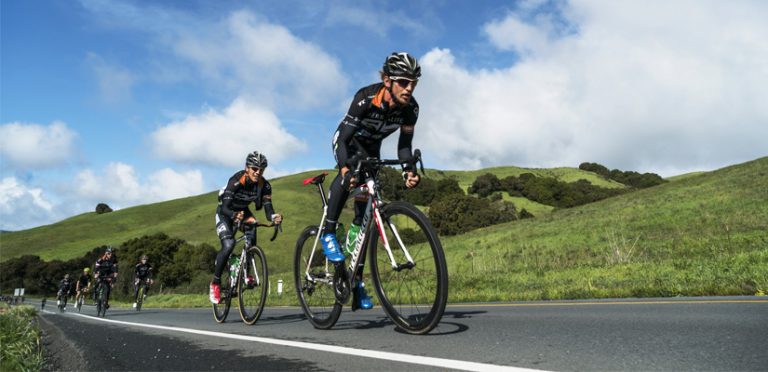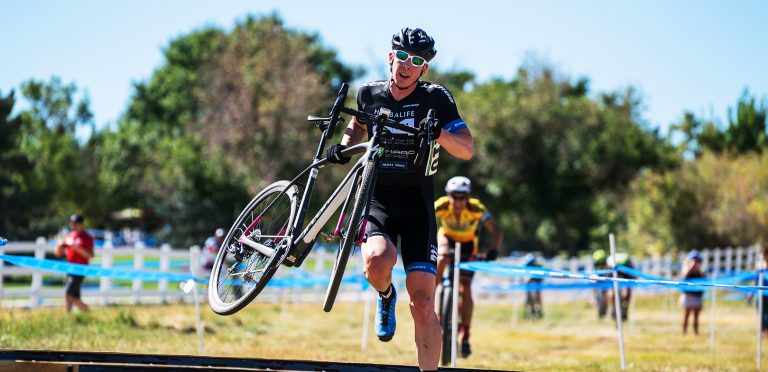Cyclocross riders face the demands of high-level suffering for up to an hour-plus worth of all-out effort — all while enduring the mêlée of heckling crowds like those you might see in the high passes of the grand tours. Optimal Training Plan Progression for Cyclocross Racers We recommend that riders precede the Cyclocross Specialty training…
